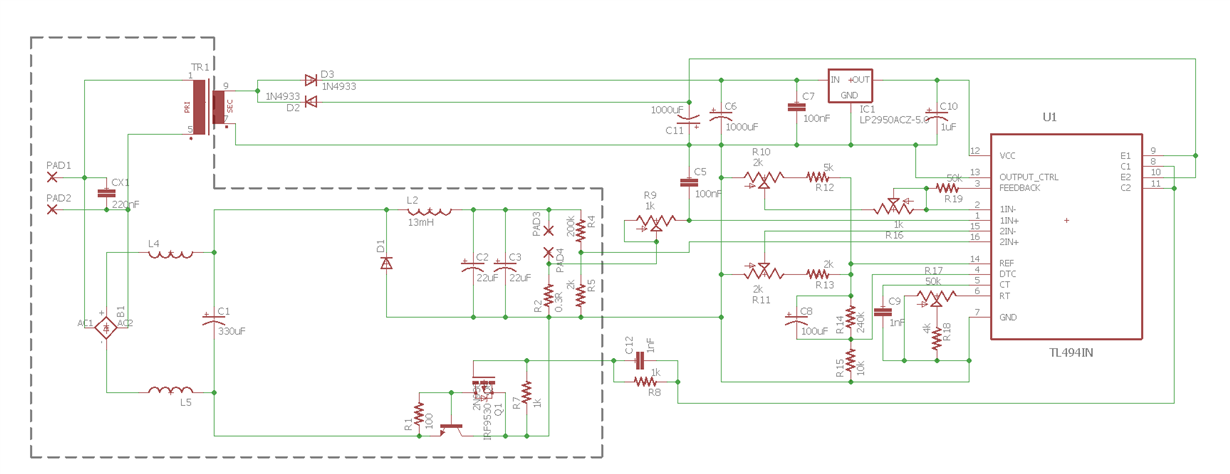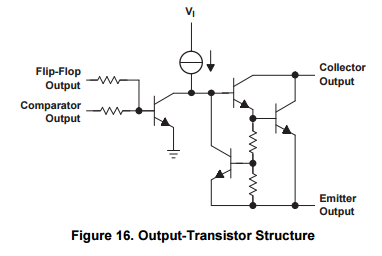Can the TL494 sink current to a negative voltage rail? I want to tie the emitter to a negative voltage rail to switch a PMOS on the collector.
More specifically is the off state holding the base of the output transistor at 0v or does the off state connect the base to the emitter?
If it is the former my desired configuration cannot turn off.
-
Ask a related question
What is a related question?A related question is a question created from another question. When the related question is created, it will be automatically linked to the original question.





